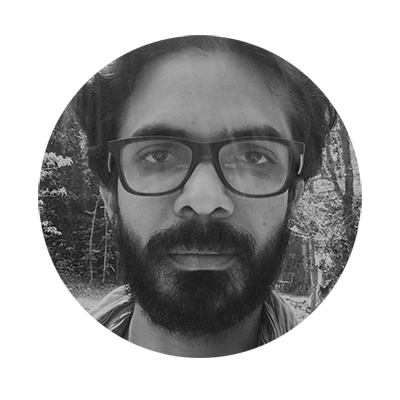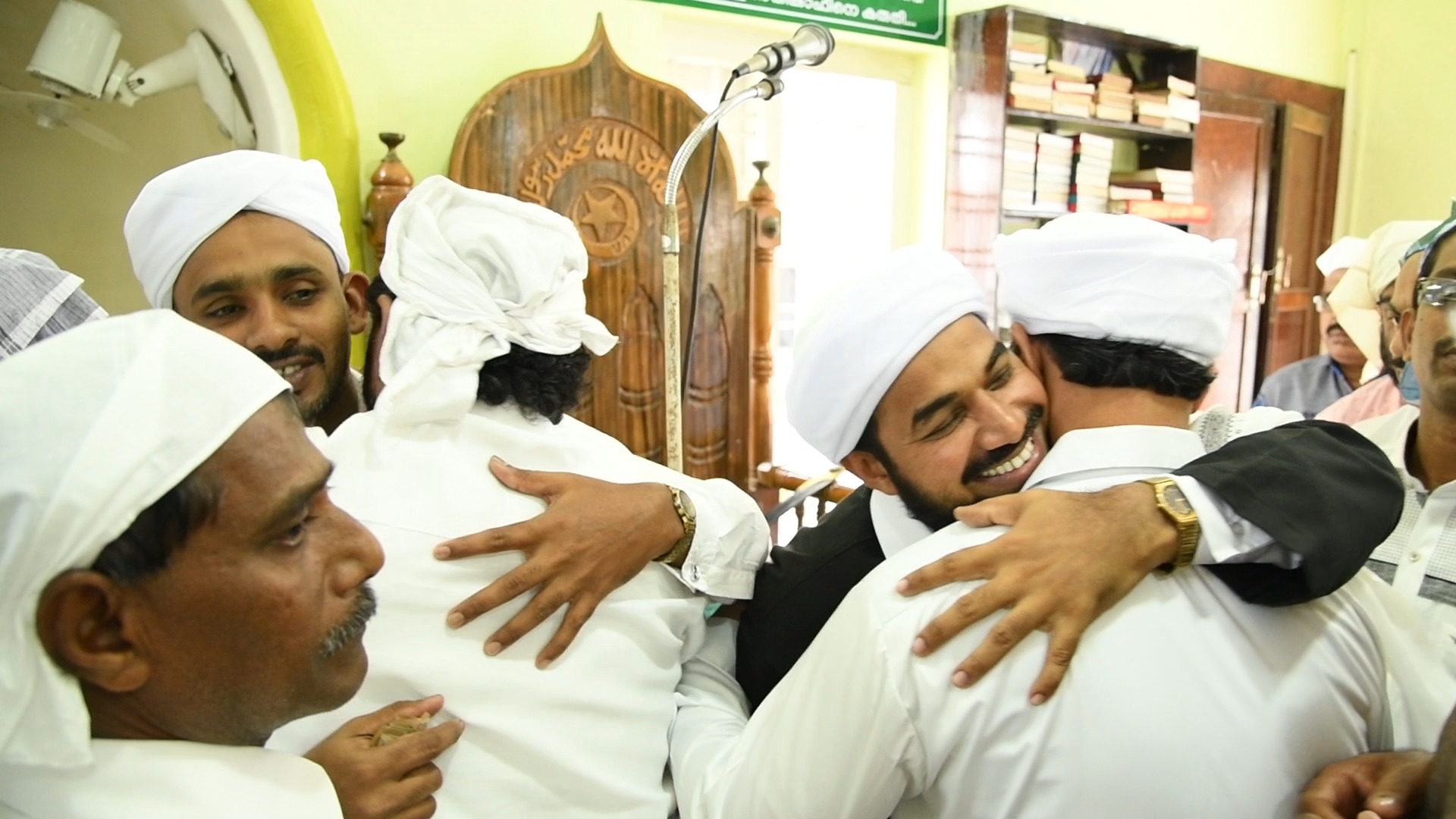Moon Light
See the Latest from our
video Columns
In Moon Light
Emerging Indian Photographer
Biju Ibrahim
Shares a slice of
his journeys and experiences as
moving image anecdotes
Kuthratib, ritual performance in Kondotty, Kerala | Moon Light © Biju Ibrahim / Photo Mail
Rituals are often the main ingredient that holds a particular society or a group together. Their main purpose is to align individual beliefs with that of a larger community. Shared repetitive sequences of movements, activities, words, and gestures create a bond and collective identity. Across cultures and throughout history, cults and ethnic groups have used ritual as the physical and psychological means for dealing with the mystery and unpredictability of the natural, social, and cosmic realms. While contemporary rituals have taken several myriad forms and expressions, there are communities and religions that still continue their primitive cult practices. Such binding practices ensure a continuation of religious power and economic exchange. It also enables healing and intensifies collective investment in sustaining social structures.
The origins of ritual practices were believed to be found in totemic (animal symbolic clan) cults, and totemism is believed to be the earliest stage of religion and ritual. There are various stages of ritual development and evolution, sacrificial practices being the oldest form of offering. Ritual behavior entails an attitude that is concerned with the sacred, and these sacred acts become symbolic representations of society. Over time, many rituals develop and change forms, further becoming signifiers of a specific cult or clan. It is then spread across land and sea by the migrating travelers. Thus, these cultural exchanges create a sense of continuity to the otherwise independent practices. That is why it is often impossible to identify the origins of any particular practice, resulting in distinct cultures having common practices. There could be visible differences and alterations in gestures/symbols, however, they are signifiers of our shared past and collective lineage.
Piercing the tongue and other parts of the body is one such ritual that has been practiced across centuries and cultures. Mayans of Central America and Ancient Aztecs pierced their tongues as blood sacrificial offerings. Many other tribes in America, Australia, Africa, and Asia had this practice. Devotees of Tamil deity Murugan pierce their skin, tongue, or cheeks with vel (javelin or spear) during the annual Thaipoosam festival celebrated in the month of January/February. Tamil-speaking communities settled in Asia, South America and Africa do continue this practice even now. In Mesopotamia and Persia, it is performed by a section of Ahmed ar-Rifa’i. Sufi saint Ahmed-Al-Kabeer is the founder of the Rifai Sufi Order. He was born in the Wasit region in Baghdad, Iraq in 1118 CE.
Most probably, body piercing as a cult practice must have originated in one of the primitive cultures and spread across the borders through the maritime Silk, Spice, or Incense routes and took on different names and forms. Amidst some sections of the Islamic community in Kerala, it is known as Kuthratib. The ritual involves piercing the body. Knives and steel tools are used. Hymns known as Byths or Ratheebs are sung. In Kuthratib ritualistic performance, a well-trained elderly priest acts as the mediating power between the saints and the performers. The ritual is performed to defeat incurable diseases and to fulfill the aspirations of the faithful and is considered a blend of Sufism and Shiite Islamism. A decade ago, this was practiced quite popularly, however, these days it is more common in the Malappuram region.
Kuthratib ritual is annually performed at the Kondotty Dargah dedicated to Veliya Muhammed Shah Thangal. Every year, during the memorial day of Shah Thangal, byths are sung from the morning, Kutratib ritual is conducted through the night. This ritual was led by Avaran Mullah in the year 2016.

Biju Ibrahim born in Kerala is an emerging photographer and Documentary Film Maker. Biju is interested in mysticism, politics, and history. His works have been published in various national magazines. He has been part of several projects, including EtP’s Public Photo-Art Project 365 Tiruvannamalai 2014-15, Artist in Residence of Uru Art Harbour 2016, Serendipity Arts Festival: The Young Subcontinent Project 2017, and Kochi Muziris Biennale 2018.
Published on September 3, 2021
See All Videos | Moving Images
Share
Related Videos
Ravum Pakalum | MoonLight | Biju Ibrahim
There are two official celebrations in Islam, Eid al-Fitr and Eid al-Adha. Both holidays occur on dates in the lunar Islamic calendar, which is different from the solar based Gregorian calendar, so they are observed on different Gregorian dates every year. There are a number of other days of note and festivals, some common to all Muslims, other specific to Shia Islam as a whole or branches thereof.
Kuthratib, ritual performance in Kondotty, Kerala
Kuthratib ritual is annually performed at the Kondotty Dargah dedicated to Veliya Muhammed Shah Thangal. Every year, during the memorial day of Shah Thangal, byths are sung from the morning, Kutratib ritual is conducted through the night. This ritual was led by Ustad Avaran Mullakal in the year 2016.


